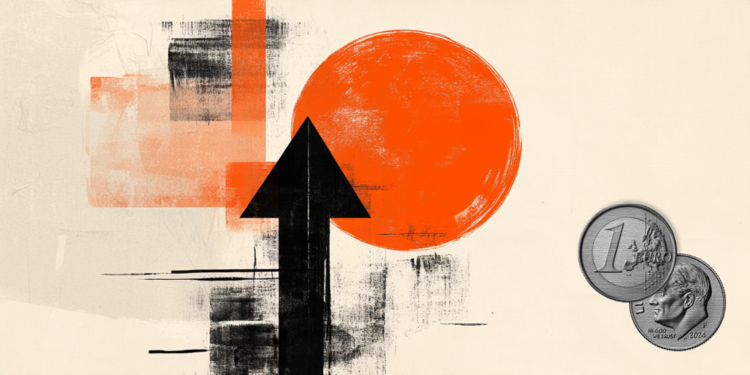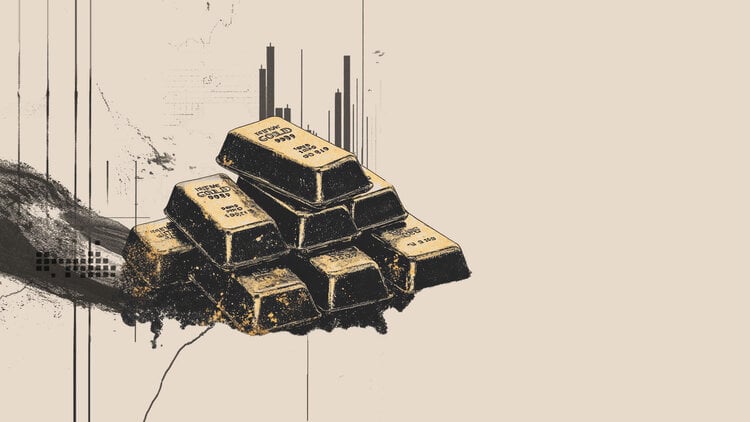On Thursday, San Francisco Federal Reserve President Mary Daly said the “Fed needs to cut the policy rate because inflation is falling and the economy is slowing.”
Additional comments
On the size of the Fed’s September rate cut, ‘we don’t know yet.’
We need more data, including Friday’s labor market report and CPI.
The Fed must calibrate policy to the evolving economy.
The labor market has softened but remains healthy, and that ‘must be maintained and protected.’
It is hard to find evidence that the labor market is failing.
An excessively restrictive policy could mean a further and unwanted slowdown in the labour market.
We have not restored price stability; inflation remains the main concern of the people.
Companies are being ‘frugal’ in hiring, but they are not yet ‘getting out their layoff manuals’.
We are at an inflection point in the economy, and the data will be volatile.
The Fed can take aggressive action when the outlook is clear, but the current outlook is uncertain.
Market reaction
The US Dollar has come under renewed selling pressure against its major rivals following these comments, with the Dollar Index (DXY) shedding 0.08% on the day to currently trade near 101.30.
The Fed FAQs
Monetary policy in the United States is directed by the Federal Reserve (Fed). The Fed has two mandates: to achieve price stability and to promote full employment. Its main tool for achieving these goals is to adjust interest rates. When prices rise too quickly and inflation exceeds the Fed’s 2% target, the Fed raises interest rates, increasing borrowing costs throughout the economy. This translates into a strengthening of the US Dollar (USD), as it makes the US a more attractive place for international investors to park their money. When inflation falls below 2% or the unemployment rate is too high, the Fed can lower interest rates to encourage borrowing, which weighs on the greenback.
The Federal Reserve (Fed) holds eight meetings a year, at which the Federal Open Market Committee (FOMC) assesses economic conditions and makes monetary policy decisions. The FOMC consists of twelve Federal Reserve officials: the seven members of the Board of Governors, the president of the Federal Reserve Bank of New York, and four of the eleven regional Reserve bank presidents, who serve one-year terms on a rotating basis.
In extreme situations, the Federal Reserve may resort to a policy called Quantitative Easing (QE). QE is the process by which the Fed substantially increases the flow of credit into a jammed financial system. It is a non-standard policy measure used during crises or when inflation is extremely low. It was the Fed’s weapon of choice during the Great Financial Crisis of 2008. It involves the Fed printing more dollars and using them to buy high-quality bonds from financial institutions. QE typically weakens the US dollar.
Quantitative tightening (QT) is the reverse process of QE, whereby the Federal Reserve stops buying bonds from financial institutions and does not reinvest the capital of maturing bonds in its portfolio to buy new bonds. It is usually positive for the value of the US dollar.
Source: Fx Street
I am Joshua Winder, a senior-level journalist and editor at World Stock Market. I specialize in covering news related to the stock market and economic trends. With more than 8 years of experience in this field, I have become an expert in financial reporting.







